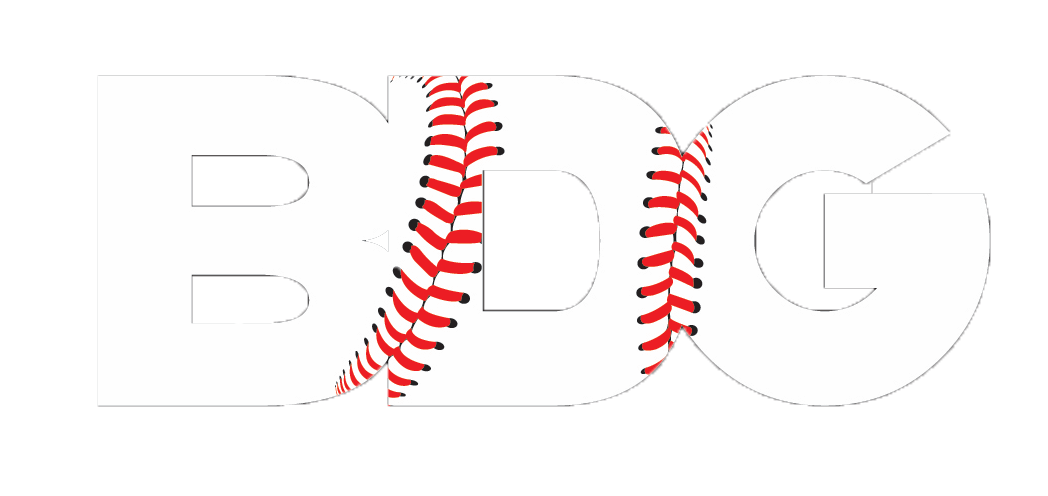Practical Tips For Monitoring In-Season Workload
Now that the baseball season is in full swing, we must turn our attention towards keeping our athletes healthy and on the field.
Preventing the overuse and abuse of our youths’ throwing arms is a major topic of conversation in the sports medicine community. Workload management is absolutely key for reducing the risk of overuse injury. While the responsibility for managing workload should lie with the coaching staff, this doesn’t always happen at the amateur levels of baseball. We like to empower young pitchers (or, at the very least, their parents) to take charge over the management of their own workloads. So, whether you’re a coach or an athlete, we recommend maintaining a “Pitcher’s Notebook” to log and keep track of in-season workloads.
Major League Baseball’s PitchSmart program provides coaches, parents, and athletes with practical recommendations for pitch counts, inning limits, and rest in between outings based on specific age categorizations. Most baseball associations in Canada are abiding by these guidelines, and we recommend continuing to do so. Having said that, we believe that there is much more that can be done to improve workload management. By tracking other pertinent information, we can better manage the capacity to handle workload throughout the season.
Here are a few simple but practical suggestions:
(1) Number of Pitches Per Inning & the Cumulative Total Per Game. Keep a running log of pitches thrown per outing, inning, and the dates, so as to better manage the pitchers capacity. You can’t expect to build up a player’s ability to handle workload if you aren’t measuring it in even the crudest form.
(2) Rating of Perceived Exertion (RPE). This is a subjective rating, scored on a 1-10 scale (Borg Scale), given by an athlete after their pitching session. It is measuring how hard the pitcher believed they were working. This again, can be helpful in determining capacity to handle workload. If a pitcher throws 40 pitches over 2 innings and scores a 5/10, then maybe next outing they’re ready to push that pitch count higher.
(3) Pre-Throwing Stress and/or Arousal Levels. Essentially tracking what’s going on outside of baseball. For example, pitching during the middle of final exams likely means more cumulative stress on the athlete and this may be a contributing factor to a decline in performance. Let’s remember that any descriptive form of stress, from physical to mental, undergoes the same biological process and is therefore cumulative.
(4) Post-Throwing Arm Soreness or Fatigue. How does the pitcher rate their arm health when they come out of the game? Get them to describe it in their own words. Does it feel fatigued, stiff, throbbing, aching, sharp, dead etc. Scale their descriptor from 1-10; 10 being the worst possible level. Repeat the scenario from above the following day, or get them to recount it if you don’t see them until later. If this descriptor increases from a 5-7 with the same amount of pitches, or their descriptor changes from fatigued to painful, then something else is at play.
(5) Constantly Review the Information You Collect! This is the most important step of all. You can collect all of the data in the world, but it won’t mean anything unless you are trying to interpret it. Constantly analyzing the information, and linking it together is what will help improve the pitcher’s health throughout the season.
This is by no means the perfect collection of scientific data. Keep in mind that there are a multitude of variables that are unaccounted for, and that we can’t control for everything. But in a practical setting, it’s better than not tracking at all. Gathering this information will hopefully provide you more insight into the progression and management of a pitcher’s cumulative workload over the course of a season. It is, in our opinion, a better option for developing workload accumulation than traditionally just counting total pitches.
So please, give it a try, see if you can spot any trends, and let us know if there’s anything interesting that comes up!
